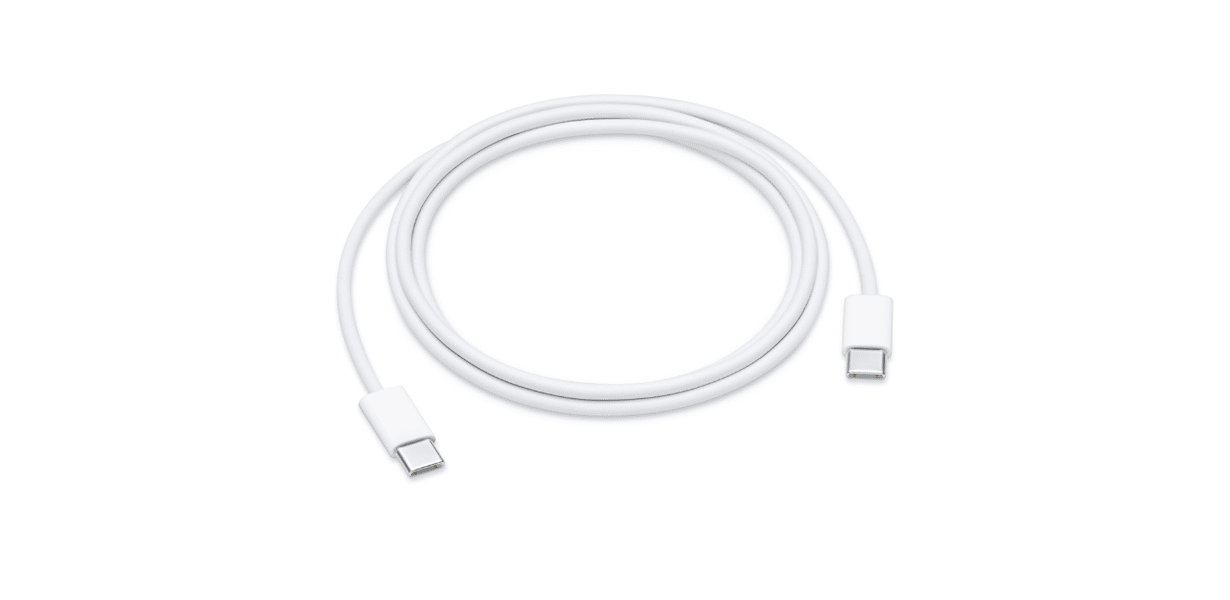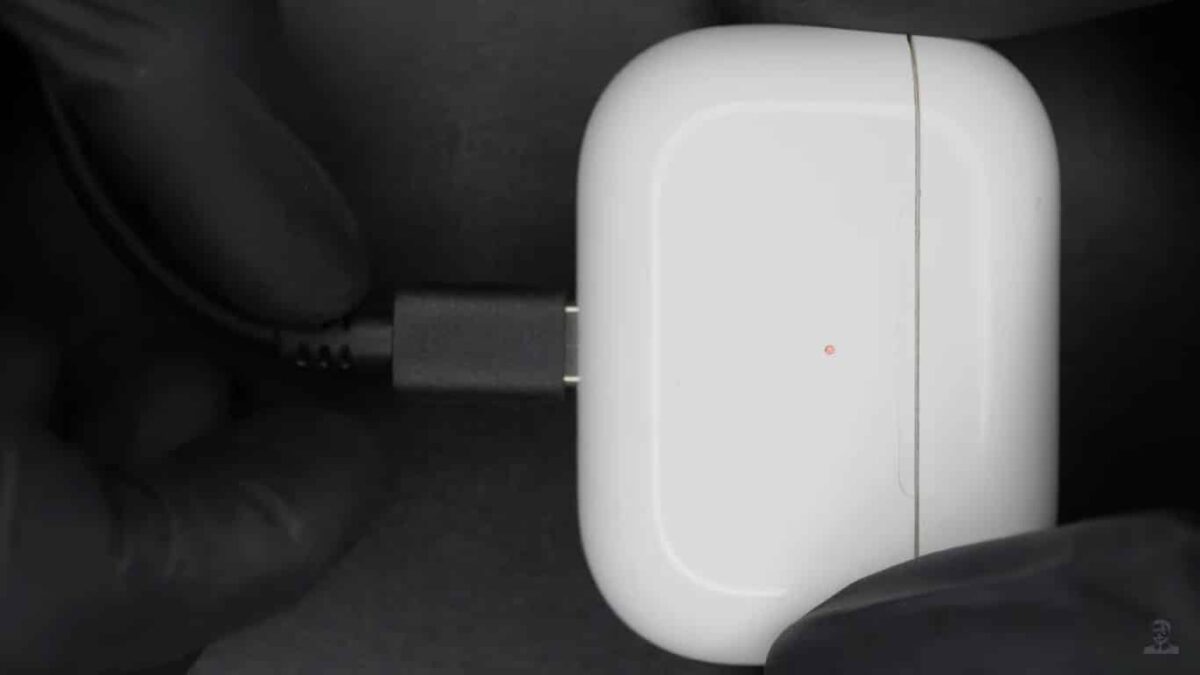Apple’s latest iPhone 15 and iPhone 15 Pro models will feature a USB-C port instead of the traditional Lightning port, marking a significant change in the iPhone lineup.
Here is our analysis of why the switch to USB-C in the new iPhone 15 will be a game-changer.

The benefits of USB-C in iPhone 15: faster charging and data transfer
The shift from Lightning to USB-C was in the works for some time, according to Apple leaker @Unknownz21, who revealed that the company had tested an iPhone 15 with a Lightning port “very early on” but quickly scrapped the idea in favor of USB-C.
This move has been a long time coming, as Apple has been transitioning to USB-C ports for its other devices since 2015. All iPads that Apple sells now feature a USB-C port, so the only iOS devices that still use Lightning are the iPhones.

The transition to USB-C on the iPhone was prompted by European regulations that mandate a common charger for electronic devices. The Lightning port is not permitted under these rules, so Apple had the option of introducing USB-C just in Europe and sticking with Lightning everywhere else, or using USB-C worldwide and eliminating Lightning entirely.
USB-C ports offer many benefits, including faster charging times and the ability to share cables and power adapters across all Apple devices. By switching to USB-C, Apple will make charging simpler for iPhone users who already use USB-C to charge their iPads and Macs. Furthermore, USB-C allows for faster data transfer speeds, which is especially beneficial for photographers and videographers who transfer large files from their iPhones to their computers.
While USB-C will replace the Lightning port in the iPhone 15 models, the shift to USB-C is expected to extend to other Apple products as well. For example, Apple will eventually need to update the third-generation AirPods, AirPods Pro 2, AirPods Max, Magic Mouse, Magic Trackpad, Magic Keyboard, and original Apple Pencil, all of which continue to charge with Lightning.

However, Apple may not need to rely on USB-C charging for too long, as the company has been pushing MagSafe wireless charging. Apple has incorporated MagSafe with iPhone since the release of the iPhone 12, and the tech giant could be planning to add similar technology to future iPad models.
There have been rumors that Apple’s eventual goal is to have a portless, all-display iPhone, and with MagSafe and the upcoming launch of Qi2, that may be possible at some point. The Qi2 standard will allow for faster MagSafe-like charging speeds and will serve as a more open alternative to MagSafe.
In conclusion, Apple’s shift to USB-C for the iPhone 15 models marks a significant change in the iPhone lineup. While USB-C charging will replace the Lightning port in the new iPhone models, Apple’s push towards wireless charging with MagSafe and the upcoming launch of Qi2 indicates that a portless, all-display iPhone may not be too far off in the future.